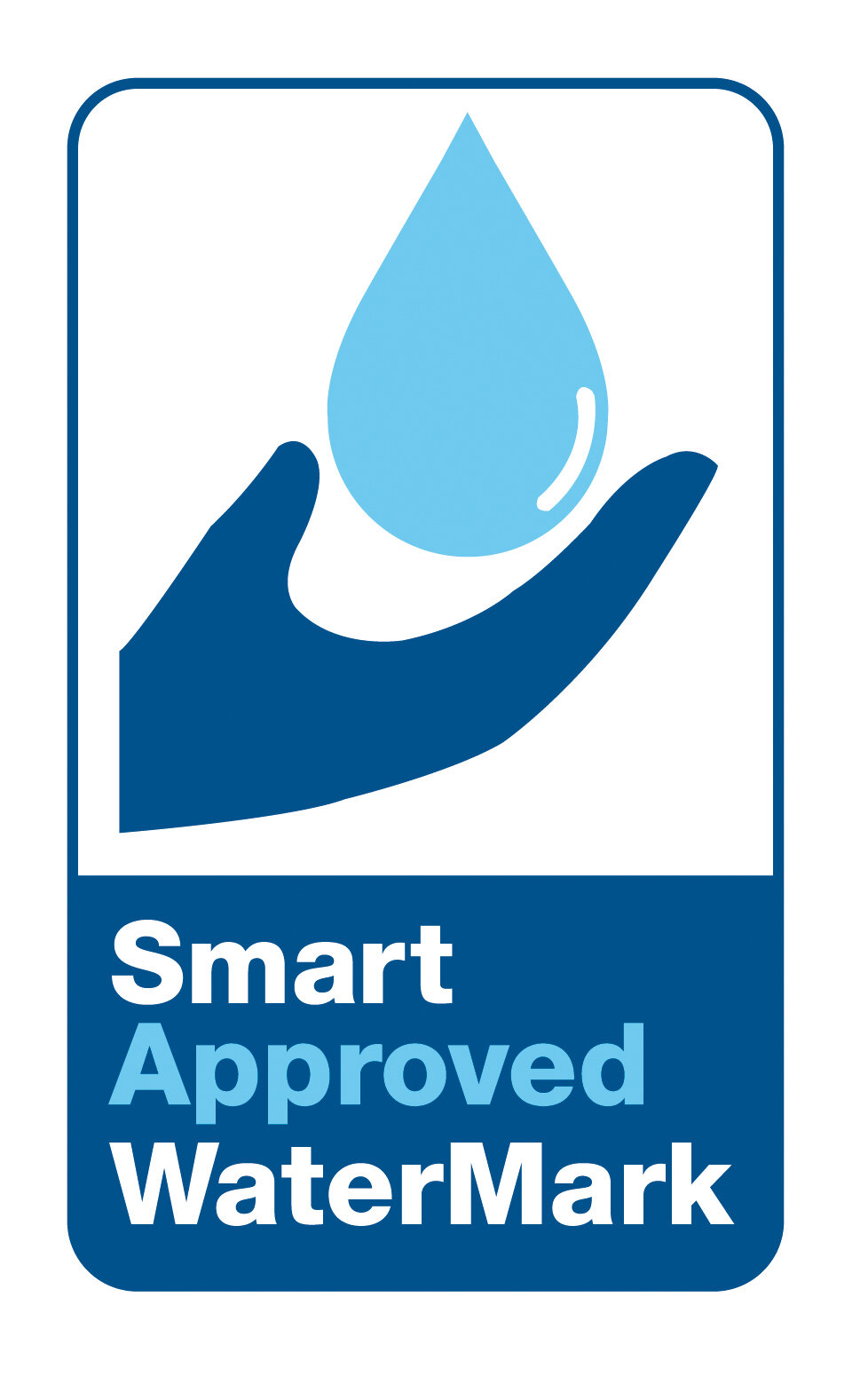Photo Credit: www.palmettoexterminators.net
Water stagnation occurs when water is not drawn through the plumbing system of a building for extended periods. A school is a perfect example. Many schools closed at the end of May and do not reopen until September or October. During that time, water stagnation can occur.
This problem is intensified right now because so many schools have been closed for months due to the pandemic. Further, some that have opened may close again as the pandemic spreads.
When water stagnation occurs, it can result in the following:
· Water stored in the "P-traps," located directly under floor drains and other drains may dry up. This causes sewer odors to be released into the facility. But even worse, these fumes may contain pathogens that can cause disease. This was demonstrated during the SARS epidemic in Hong Kong. It was found that many of the P-traps had evaporated in a large apartment complex. The pathogens that caused SARS were in the sewer waters below the building. When this happened, these pathogens were released through drains, spreading the disease. Scientists believe the same could happen with the pathogens that cause COVID.
· Harmful microorganisms, including Legionella, can build up in the water. Once again, this can include microorganisms that can cause COVID. If this contaminated water is consumed or inhaled, it can prove extremely dangerous, especially for children and older adults.
To address these issues, building owners and managers are advised to do the following:
· The CDC and other organizations recommend pouring water into drains. However, this is only effective if performed on a set schedule, as often as once per week. A more dependable option to keep the P-pipes from drying out, is to pour a small amount of Everprime directly into drains on top of the water in the P-trap. This helps prevent the traps from drying out for months at a time.
· The microorganism issue is a bit more complicated because unforeseen problems can present themselves. Therefore, it is recommended that if a building has not been used for an extended period, building engineers should be called on to run sinks, showers, and flush toilets and urinals (if flush urinals are installed) throughout the facility before it opens for public use.
In most cases, this will help remove any contaminated water from the pipes. However, to be sure, and especially if this is an older building, tests should be conducted to ensure the water is safe to drink and use. In some cases, the building's water system may need disinfection treatment.
Stagnant water should not be an issue if waterless urinals have been installed. However, if the facility has been closed for several months, check that the Blueseal is adequately filled in each trap cylinder located at the urinal base.
While Blueseal does not evaporate and will likely not be impacted by lack of use or building closures, it still should be checked.
Finally, check your hot water system. Hot water heaters should be set at 120 degrees (F). When flushing hot water taps, run the water until it reaches its highest temperature. This will help move the stagnant water in hot water taps and ensure that the hot water heaters are working correctly.





























